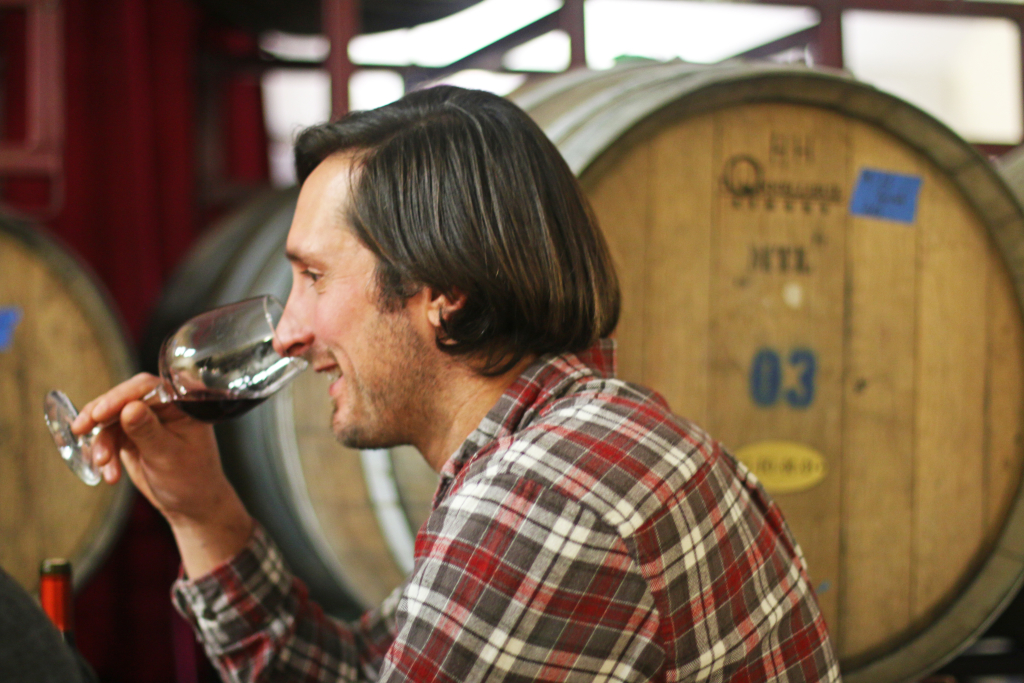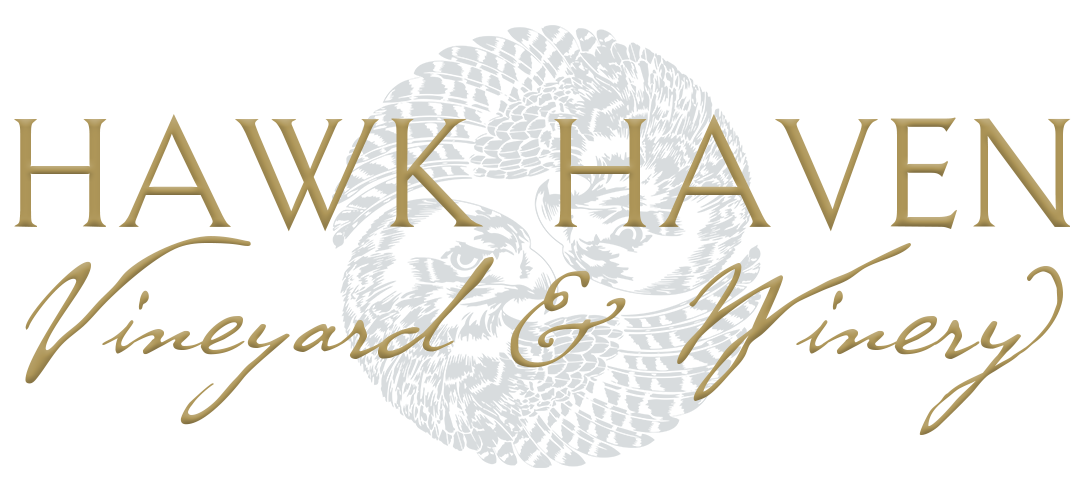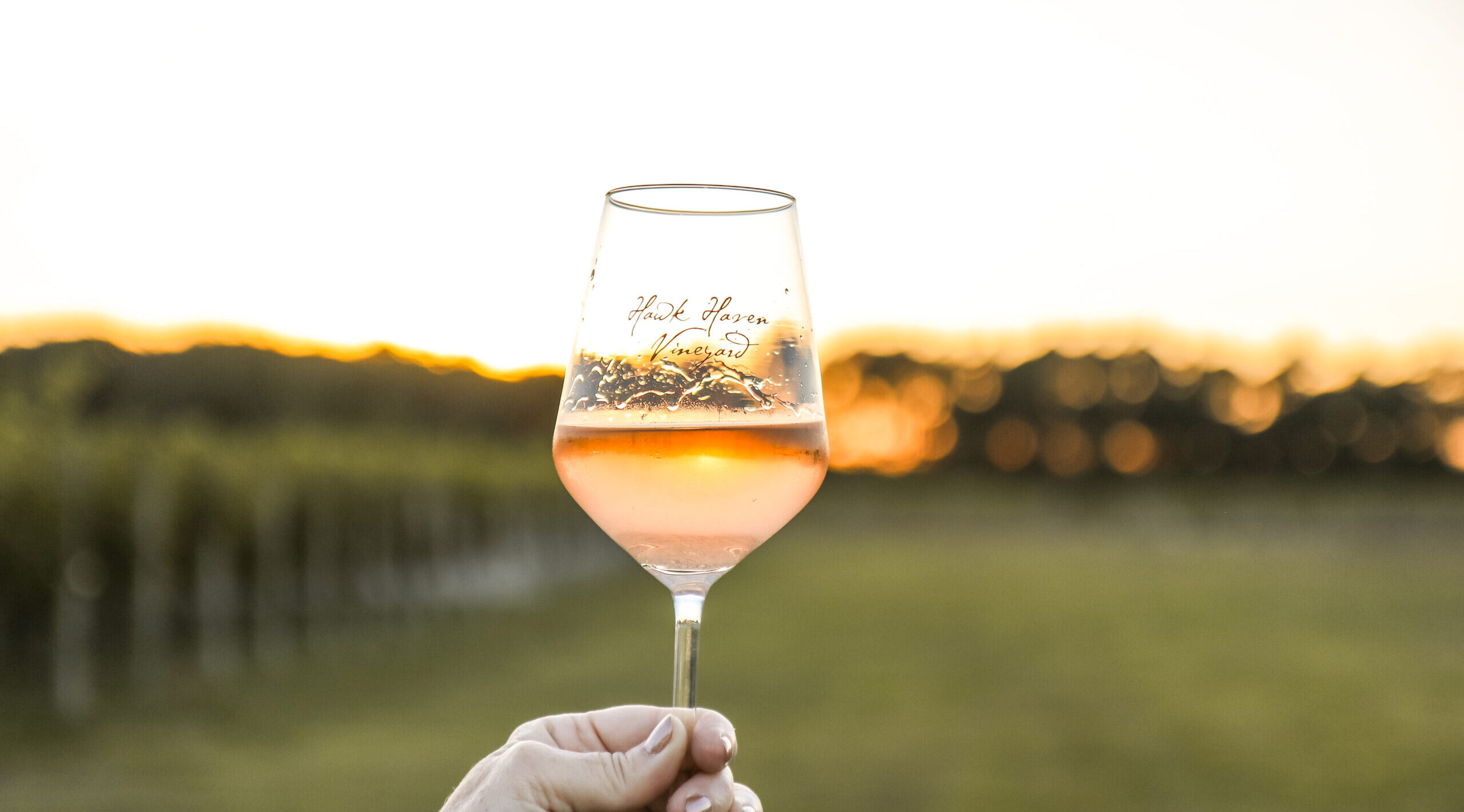
STRENGTHENING YOUR WINE-TASTING PALATE

Wine tasting has become a popular activity, but it can sometimes seem intimidating. How do people pick up those different flavors and aromas? Why doesn’t anyone say it tastes like grapes? Can any person learn how to taste wine like a pro? In this week’s Wine Wednesday, we’ll explore how to strengthen your palate for tasting wine.
Origin of Wine Tasting – Sommeliers
Back in the 14th century, sommeliers would check the King’s wine and food for poison. Nowadays, a sommelier’s main task is to help diners choose wines they’ll enjoy. They study different grape varietals and wine styles, and train their palates by tasting wine all the time (sounds like a great job, no?). While sommeliers are professionally trained, you are the master of your own palate. You know what your favorite foods are because you’ve been tasting food all your life. The next step, especially for wine tasting, is to hone your ability to put a name to the flavors you like and dislike.
Isolate & Associate – Identifying Aromas
As mentioned in our Aromas in Wine article, flavor is the combination of aroma and taste. People often believe that sommeliers have a gifted palate or super nose, but this is not always the case. Instead, sommeliers train their memory to isolate and associate aromas. Smell is our least-used sense, so start smelling everything! Freshly cut grass, forest floor, and a hot rainy sidewalk are three wine smells that you may have never tasted, but know from memory. Smell your food before you take a bite, and start to keep an aroma journal. Associating smells with different emotions or memories can help build your food memory. Think of your food memory as your aroma bank – the more you put in, the stronger it gets.
Start out by trying to break wine aromas into 4 main categories: fruit, non-fruit, earth, and mineral. For whites, fruit aromas include citrus, apple/pear, stone fruit, tropical fruit, and melon. For reds, there’s red fruit, black fruit, and blue fruit. Start with these broader descriptions, then try to describe further: if citrus, is it lemon or grapefruit? For red fruit, is it pomegranate or raspberry? The other three categories (non-fruit, earth, and mineral) can be a bit harder to identify, but can be mastered with practice.. Non-fruit can include floral, herbal, spice, and oak notes. Earth can include forest floor, and mushrooms. Mineral can describe wet stone, chalk, slate, and flint.
Tasting the Wine
While aroma is incredibly important for understanding wine, other components fill out what’s in your glass. Sweetness, acidity, tannin, and alcohol make up the wine’s structure (check out our article about all that!) and impact the body of the wine. Wines are either light, medium, or full-bodied. The best comparison is with milk: light-bodied wines feel like skim milk, medium-bodied like whole milk, and full-bodied like cream. Learning varietal characteristics can help you become an even better taster!

It’s important to remember that strengthening your palate is a process, and different people are at different tasting levels. Be patient with yourself and kind to others when group tasting wines. Other palates can help you learn, and you’ll soon be surprised at how much you can identify in your glass!
Hawk Haven Wine Tastings
One of the best ways to strengthen your palate is to taste different wines. Here at Hawk Haven, our tasting is pre-set to help guests expand their wine knowledge. Our staff loves to talk about wine and help people find their new favorites. Come in and do a tasting to build up your wine memory today!

